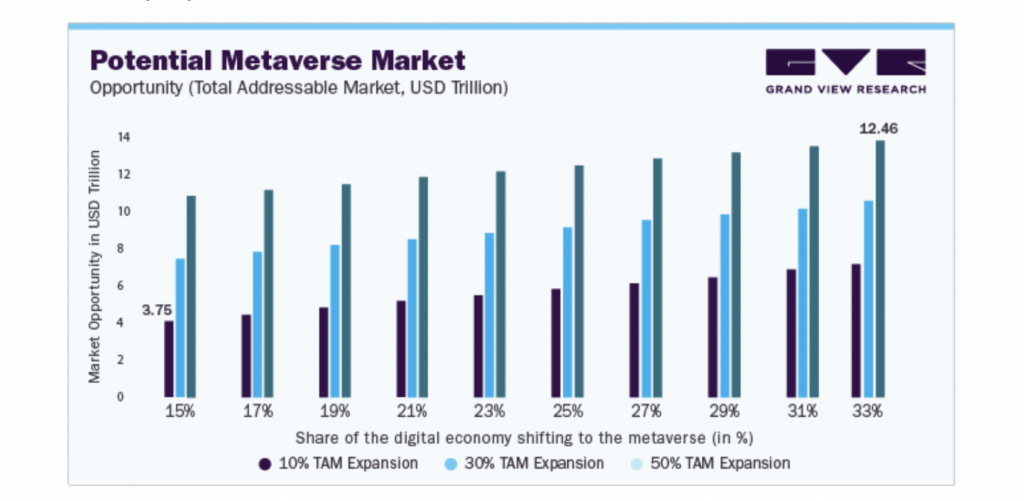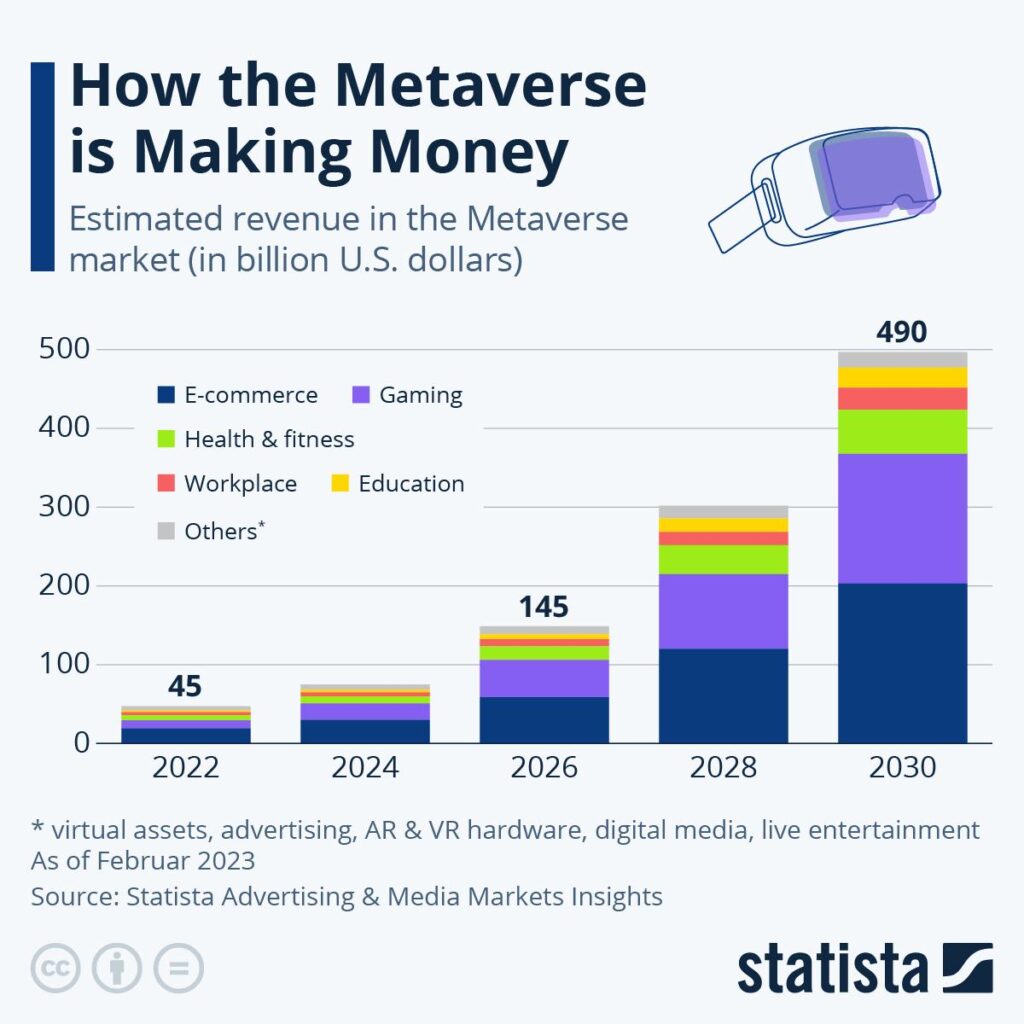The metaverse is more than Meta; It’s an amalgamation of all the technologies and tools that allow consumers and brands to interact efficiently in virtual spaces. It has been mocked as the exclusive domain of gangly avatars and semi-creepy AI chatbots, but a practical side is bringing investors and brands to the table.
Keanu Reeves’ naysaying aside, the Metaverse offers a lot more than freaky AI avatars. Investors see it as a tool for commerce and other practical, needful things—like medical training tools and expanded educational resources for developing nations. Big brands—like Walmart—are using metaverse-adjacent technology, like VR headsets, to reduce employee training time from eight hours to 15 minutes, without sacrificing results, according to a post by The World Bank. Brands’ potential to innovate in the space is driving billions in investment.
Why Keanu Reeves Is Right—and Wrong—About The Metaverse
“It’s this sensorium. It’s spectacle,” Keanu Reeves said in a recent interview with AV Club. “And it’s a system of control and manipulation. We’re on our knees looking at cave walls and seeing the projections, and we’re not having the chance to look behind us. Or to the side.”
While the metaverse may be a little of all of that, it’s also a powerful tool for consumers to interact directly with brands, influencers and multi-sensory versions of the content that they love. Its power is in its immediacy and the user’s ability to choose how intense or how little immersion with a content experience they choose.
For many investors, the metaverse is more than a place some people game: it’s a reservoir of consumer data and a potential destination for all kinds of activities that go along with gaming platforms, like live-streamed events and shopping.
Roblox, for example, has accelerated its music label partnerships since 2020, with artists from Lil Nas X to K-Pop stars NCT 127 launching events on the platform. Roblox is also appealing to investors as it defies inflation fears by showing a 22 percent growth in in-game purchases. That boost has perhaps piqued the interest of brands like Walmart, who launched a branded content experience, Walmart Land, which features a Livetopia experience, virtual merchandise and concerts. Roblox stock soared recently based on its strong earnings.
According to a recent report by Grandview Research, the total addressable market for metaverse commerce is immense and growing.

The Metaverse is Actually Making Money—The Old Fashioned Way
A recent report by Statista shows that it isn’t just investors that are bullish on specific metaverse properties. Consumers are using virtual spaces for gaming, interacting with content in new ways and connecting with new retail experiences. Successful metaverse companies are actually earning much of their appeal to investors by delivering services and experiences consumers want.
“Metaverse e-commerce sales alone could grow to more than $200 billion by 2030 from currently just around $20 billion,” writes Statista’s Katharina Buchholz. “Gaming is expected to grow even more, from just around $10 billion as of now to around $163 billion in 2030. The next biggest applications for metaverse revenue are health & fitness, workplace, and education.”

The Takeaway:
Marketers may be using certain platforms to target very young consumers. Still, due to the widespread popularity of gaming, brands can reach broad audiences that include millennials and even Gen Xers and up by investing in gaming platform partnerships. Because the majority of consumers game, a marketing strategy that leverages gaming platforms’ multi-generational appeal can help brands engage new audiences with hybrid retail experiences that introduce them to products or services that they may not go looking for otherwise. That means getting back to basics – building powerful and useful content experiences that consumers want to interact with on a regular basis.
According to a recent report by KPMG, the metaverse’s potential is enormous but difficult to navigate—especially for brands seeking to create compelling content in the metaverse.
“While the outlook for metaverse’s profound and fast-emerging impact cannot be overstated, access remains a work in progress for now,” reads a recent KPMG report. “Creating immersive content is difficult, and current XR hardware and software can pose friction points for today’s early adopters and first-time users. But barriers to entry are expected to fade quickly.”

